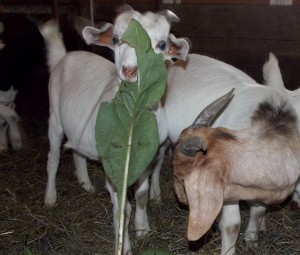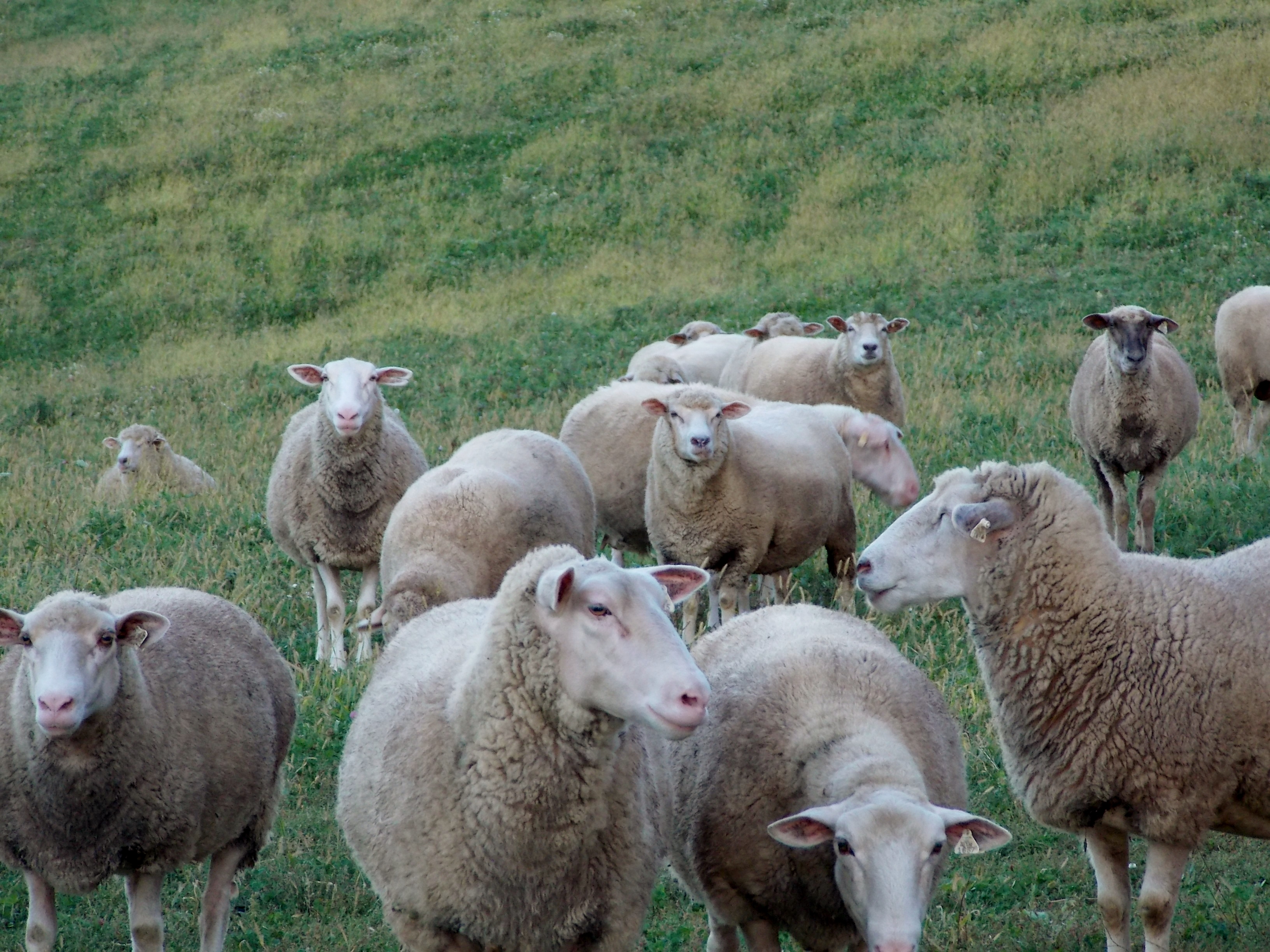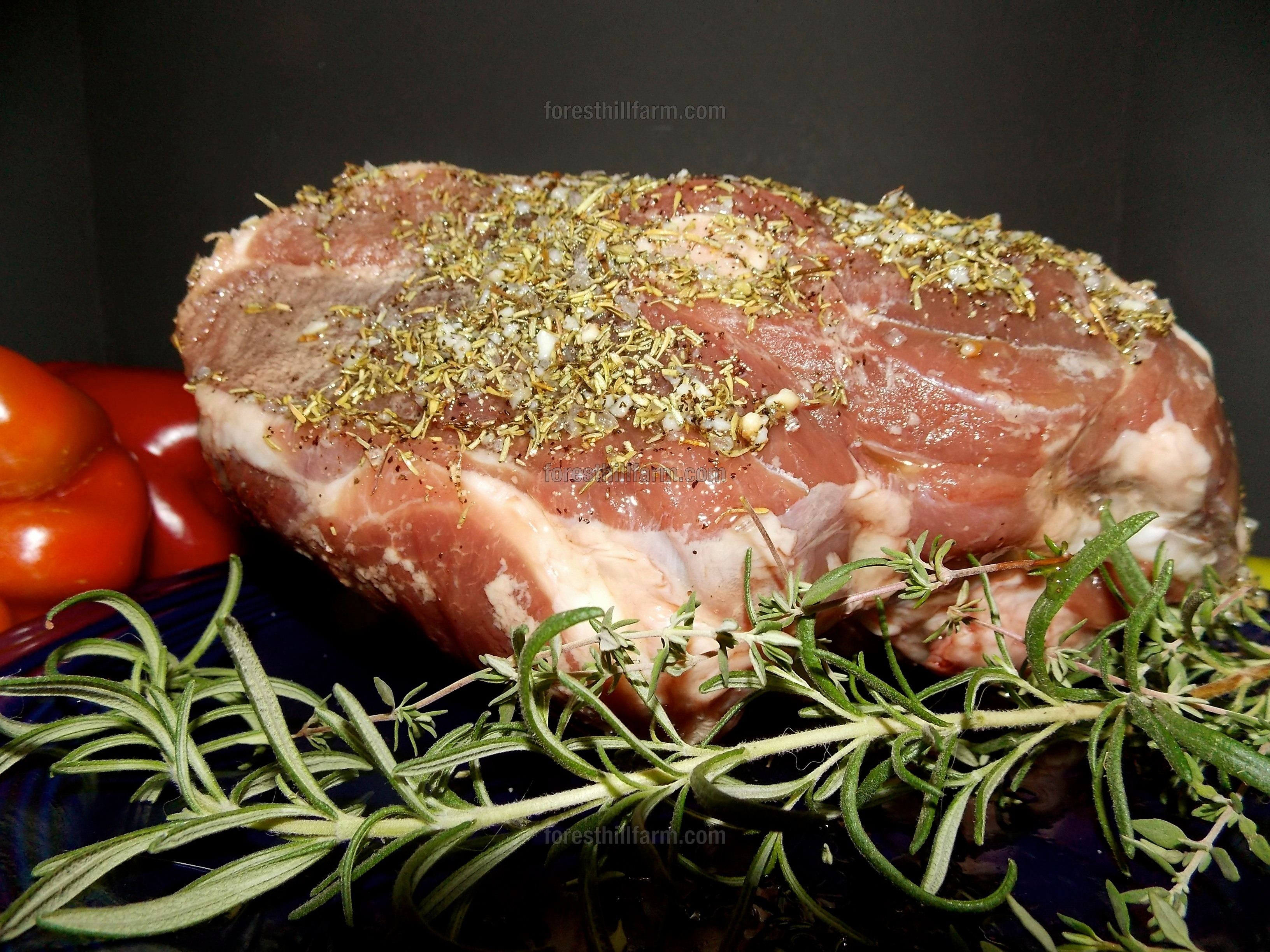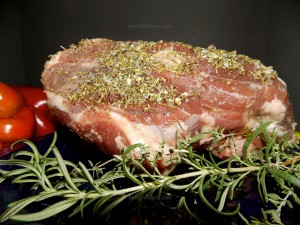
Goats are wonderful about eating brush, shrubs and weeds, but you have to control where they graze. I've tried to grow blueberries without success for the past several years. One year my friend mowed them down with his bush hog, he thought they were scrub trees. I replaced them. When they started to flower the goats escaped and ate them down to the ground. Again, I replaced them. Despite fencing them in, surrounding them with electric wire, and doing my best to protect them, the goats have ruined them several times. Once the goat problem was solved rabbits took over. But, I haven't given up, someday I'll grow blueberries.
Staking goats in areas with scrub brush and weeds eradicates the problem within a few days. We've remedied a giant rag weed crop and controlled burdock by grazing goats and sheep.
For a second year O'Hare International Airport, in Chicago will control brush by grazing goats and llamas grazing the 120 acres surrounding the airfield. The animals will eat brush, reducing and destroying the habitat of nesting birds and other wildlife which can cause serious danger to aircraft. The grazing will begin in August when the birds are finished nesting and beginning to migrate. When the birds return in the spring they'll find their nesting area destroyed. Without nesting space they'll relocate off the airport grounds.
In 1999 Carson City, Nevada experimented with grazing herds of sheep to reduce the risk of wildfires. They didn't continue the program until the benefit of grazing became evident. In 2004 a wildfire threatened the west end of Carson City, but slowed down when it got to the area where the sheep had grazed five years earlier. Carson City resumed the grazing program in 2006. Starting this April, 780 sheep and 900 lambs will begin feeding on Cheat Grass. They'll eat it down before it gets dries and adds dangerous fuel for wildfires.



